10 Best Herbal Tinctures For Joint Pain
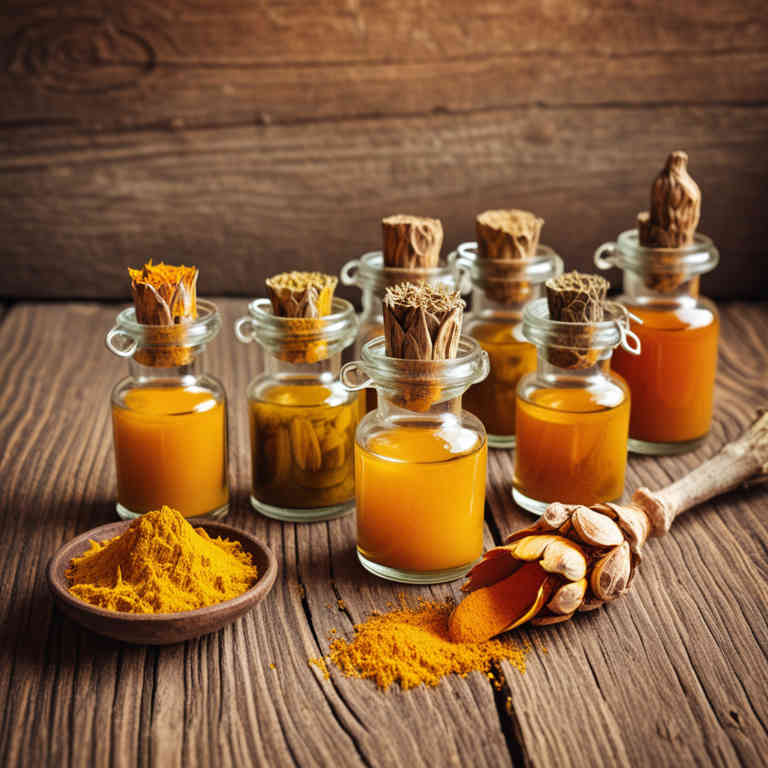
Herbal tinctures for joint pain are concentrated liquid extracts made by soaking herbs in alcohol or glycerin, which helps preserve their active compounds.
These tinctures are often used to alleviate inflammation, stiffness, and discomfort associated with conditions like arthritis. Common herbs used include turmeric, ginger, willow bark, and devil's claw, all of which have natural anti-inflammatory and analgesic properties. They are typically taken orally or applied topically, depending on the formulation and the specific herb used.
While generally considered safe, it is important to consult with a healthcare provider before use, especially if you are on medications or have underlying health conditions.
FREE COURSE
How to make medicinal herbal tinctures for common ailments at home and in a weekend (using the Healing Drops System).

Table of Contents
1. Boswellia serrata
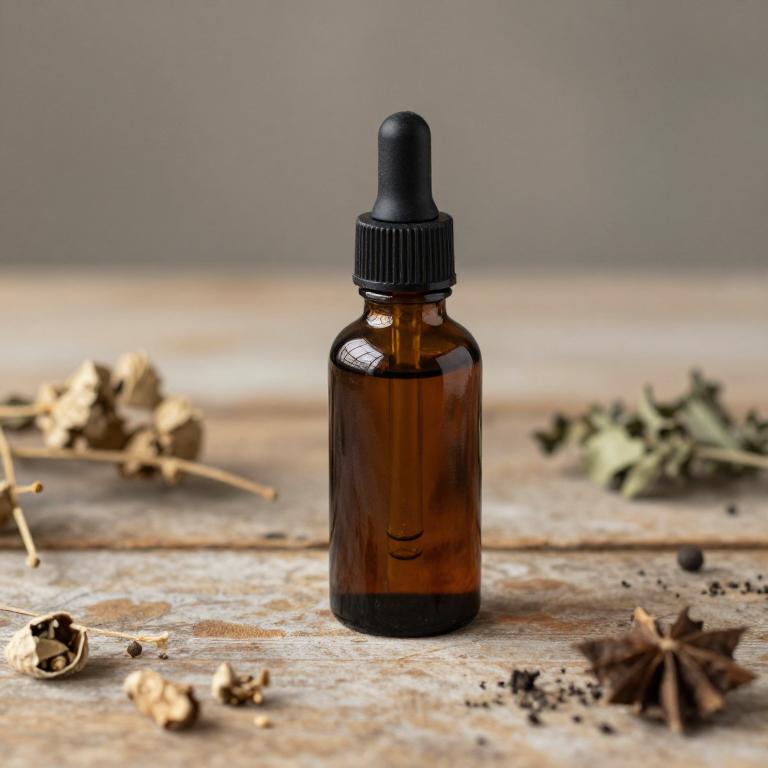
Boswellia serrata, commonly known as Indian frankincense, is a herbal remedy that has gained attention for its potential benefits in alleviating joint pain.
The active compounds in Boswellia serrata tinctures, such as boswellic acids, are believed to possess anti-inflammatory and analgesic properties that may help reduce pain and swelling in joints. These tinctures are typically made by extracting the resin from the Boswellia serrata tree using alcohol, which helps preserve the active ingredients. Many people use Boswellia serrata tinctures as a natural alternative to conventional anti-inflammatory medications, often reporting improvements in mobility and reduced discomfort.
However, it is important to consult with a healthcare provider before starting any new herbal supplement, especially if you have existing health conditions or are taking other medications.
2. Zingiber officinale
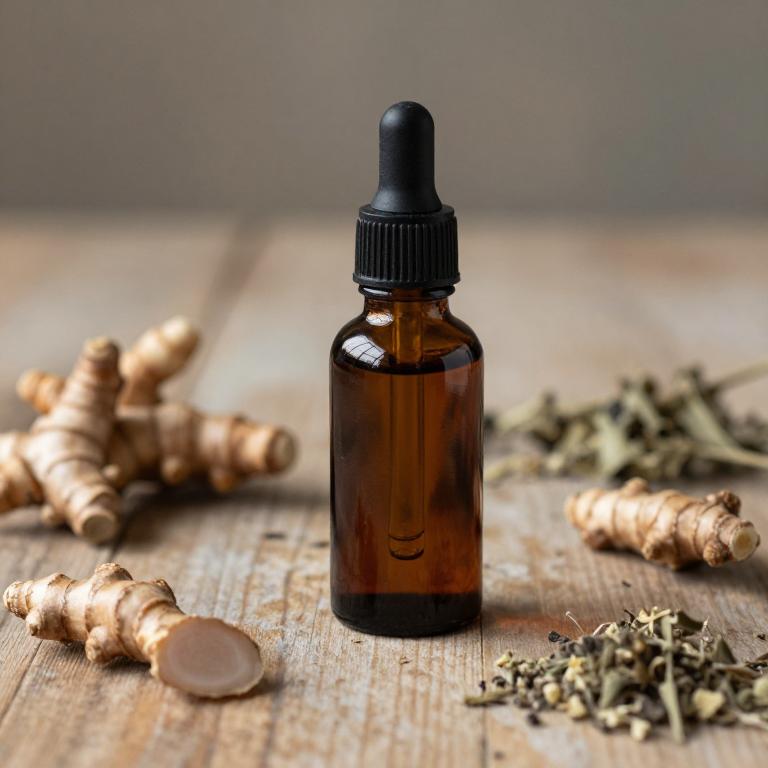
Zingiber officinale, commonly known as ginger, has been traditionally used for its anti-inflammatory and analgesic properties, making it a popular ingredient in herbal tinctures for joint pain.
These tinctures are typically prepared by soaking fresh or dried ginger root in alcohol, which extracts the active compounds such as gingerol and shogaol. The anti-inflammatory effects of ginger may help reduce swelling and discomfort in conditions like arthritis and rheumatism. Many people use these tinctures as a natural alternative to over-the-counter pain relievers, often applying them topically or taking them orally.
However, it is important to consult with a healthcare provider before use, especially for those with existing health conditions or taking other medications.
3. Curcuma longa
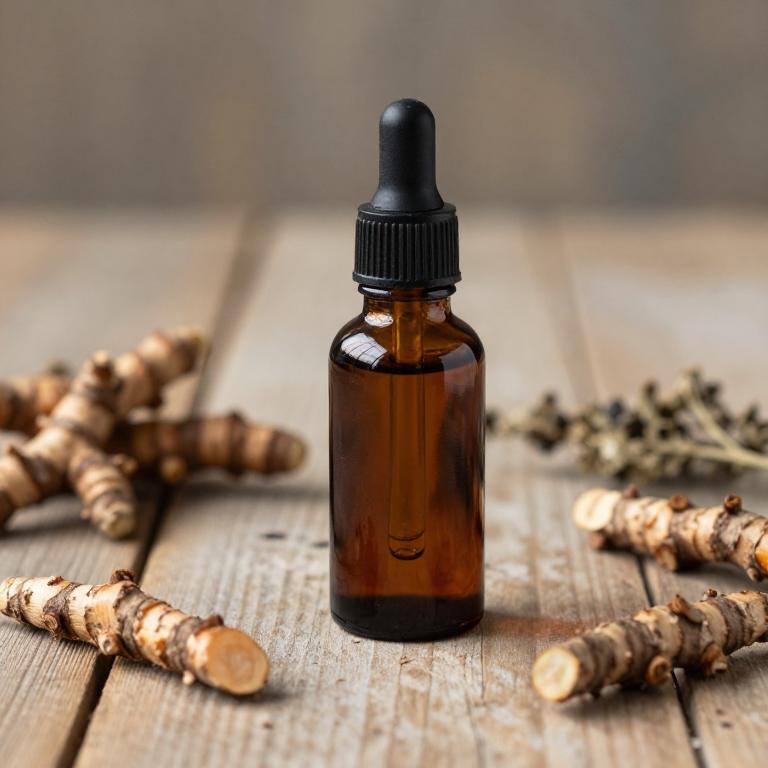
Curcuma longa, commonly known as turmeric, has been widely used in traditional medicine for its anti-inflammatory and antioxidant properties.
Turmeric herbal tinctures are concentrated liquid extracts that make it easier to absorb the active compound, curcumin, into the bloodstream. These tinctures are often used to alleviate joint pain and inflammation associated with conditions like arthritis. The bioavailability of curcumin in tincture form is typically enhanced by combining it with black pepper extract or other solvents.
While generally safe, it is important to consult a healthcare provider before using turmeric tinctures, especially if you are on medication or have existing health conditions.
4. Echinacea purpurea
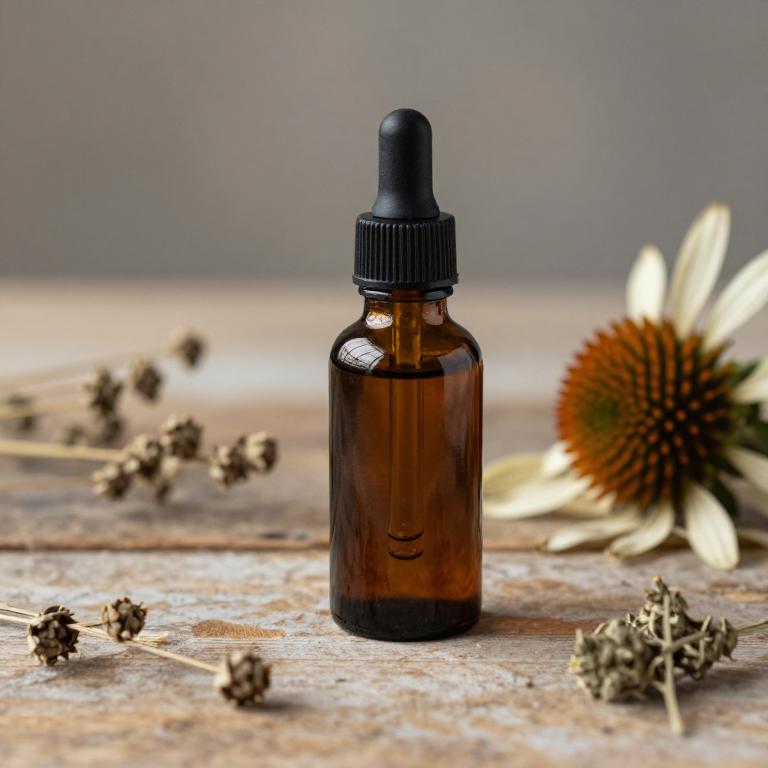
Echinacea purpurea, commonly known as purple coneflower, is a traditional herbal remedy that has been used for centuries to support immune function and overall wellness.
While it is often associated with colds and immune support, some studies suggest that echinacea tinctures may also have anti-inflammatory properties that could benefit individuals suffering from joint pain. These tinctures are typically made by soaking the dried herb in alcohol to extract its active compounds, which are believed to reduce inflammation and pain. When used as part of a holistic approach, echinacea tinctures may offer natural relief for mild joint discomfort, though they should not replace medical treatment for severe conditions.
As with any herbal supplement, it is important to consult with a healthcare provider before use, especially for those with existing health conditions or taking other medications.
5. Equisetum arvense
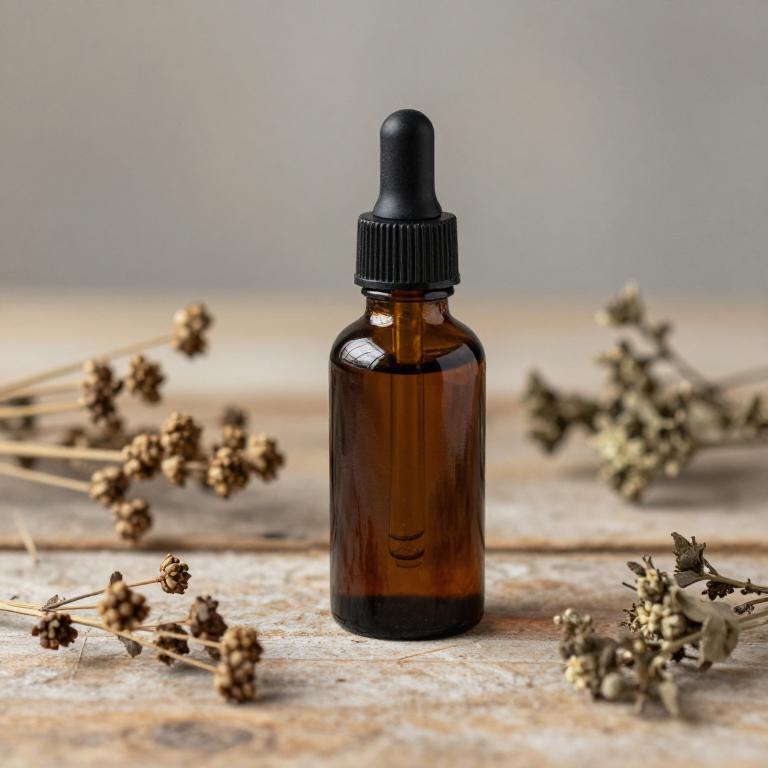
Equisetum arvense, commonly known as horsetail, is a herb traditionally used in herbal medicine for its high concentration of silica and other bioactive compounds.
Herbal tinctures made from Equisetum arvense are often used to support joint health and alleviate symptoms of joint pain due to their anti-inflammatory and reparative properties. These tinctures may help reduce swelling and improve the flexibility of connective tissues, making them a popular choice among natural remedy seekers. However, it is important to consult with a healthcare professional before use, as they may interact with certain medications or have side effects in some individuals.
Despite their potential benefits, Equisetum arvense tinctures should be part of a holistic approach to managing joint pain, including diet, exercise, and other complementary therapies.
6. Achillea millefolium
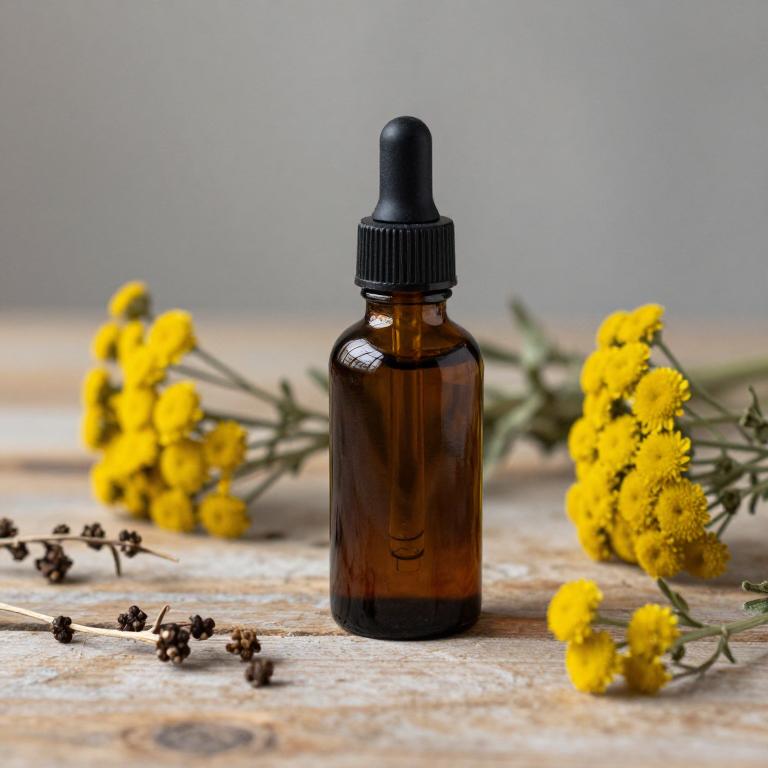
Achillea millefolium, commonly known as yarrow, has been traditionally used for its anti-inflammatory and analgesic properties, making it a popular choice in herbal tinctures for joint pain.
The tincture is typically prepared by soaking the dried aerial parts of the plant in alcohol, allowing the active compounds such as flavonoids and essential oils to extract into the solution. These compounds are believed to help reduce inflammation and swelling in the joints, offering natural relief for conditions like arthritis and rheumatism. When used consistently, yarrow tinctures may support joint mobility and alleviate discomfort without the side effects often associated with synthetic pain medications.
However, it is important to consult with a healthcare professional before use, especially for individuals with existing health conditions or those taking other medications.
7. Piper nigrum

Piper nigrum, commonly known as black pepper, has been traditionally used in herbal medicine for its potential anti-inflammatory and analgesic properties.
When prepared as a tincture, piper nigrum may help alleviate joint pain by reducing inflammation and improving circulation in the affected areas. The active compound in black pepper, piperine, is believed to enhance the absorption of other anti-inflammatory substances, potentially increasing the effectiveness of the tincture. However, it is important to consult with a healthcare professional before using piper nigrum tinctures, as they may interact with certain medications or have side effects in some individuals.
Despite its historical use, more scientific research is needed to fully understand its efficacy and safety for treating joint pain.
8. Symphytum officinale
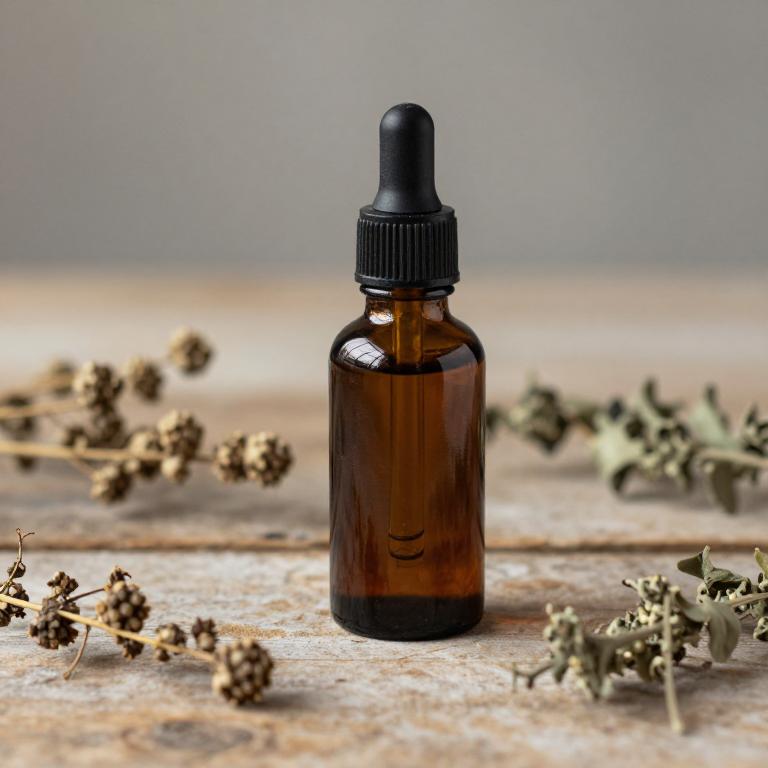
Symphytum officinale, commonly known as comfrey, is a traditional herbal remedy often used in the form of a tincture to alleviate joint pain and promote tissue repair.
The tincture is typically prepared by soaking the dried roots of the plant in alcohol, allowing the active compounds to be extracted for therapeutic use. It is believed to contain allantoin, which may help reduce inflammation and stimulate cell growth in damaged tissues. However, due to the presence of pyrrolizidine alkaloids, which can be toxic to the liver, it is generally recommended to avoid long-term or excessive use.
As a result, Symphytum officinale tinctures are often used externally rather than internally, and under the guidance of a qualified herbalist or healthcare provider.
9. Salvia officinalis
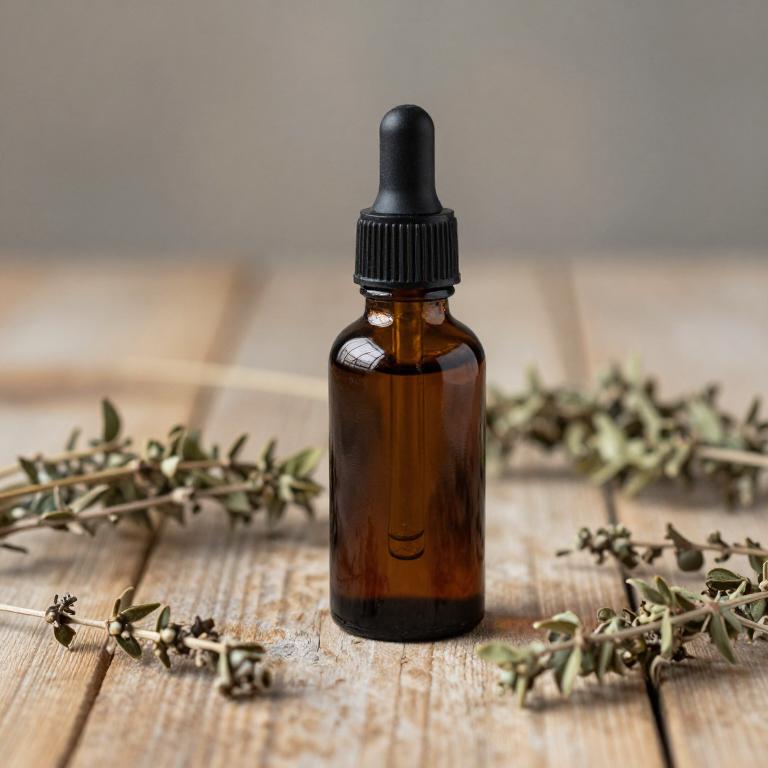
Salvia officinalis, commonly known as sage, is a traditional herb that has been used for centuries in herbal medicine, including the preparation of tinctures for joint pain.
These tinctures are typically made by soaking the dried leaves of the plant in alcohol to extract its active compounds, such as flavonoids and essential oils, which are believed to have anti-inflammatory and analgesic properties. When applied topically or taken internally under professional guidance, sage tinctures may help reduce inflammation and discomfort in joints affected by conditions like arthritis. The use of salvia officinalis tinctures for joint pain is often part of a holistic approach to managing pain, combining herbal remedies with lifestyle and dietary changes.
While some studies suggest potential benefits, it is important to consult a healthcare provider before using sage tinctures, especially if you are on other medications or have underlying health conditions.
10. Vitex agnus-castus

Vitex agnus-castus, commonly known as chasteberry, is often used in herbal tinctures for its potential anti-inflammatory and analgesic properties.
While primarily recognized for its effects on hormonal balance, some studies suggest that it may help reduce joint inflammation and alleviate pain associated with conditions like arthritis. The tincture is typically prepared by soaking the dried berries in alcohol, allowing the active compounds to be extracted for medicinal use. Many individuals use vitex tinctures as a complementary therapy alongside conventional treatments for joint discomfort.
However, it is important to consult a healthcare professional before using it, especially if you are on medication or have underlying health conditions.